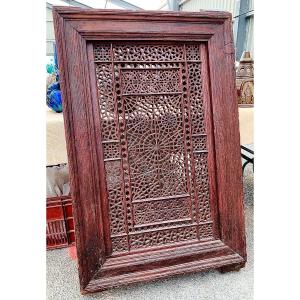Superb wooden carved painted and openwork clostra window, with very rix=ch radiant design
Isfahan area in Iran, late Safavid or eraly Qajar period (early 19th cty)
The peculiarity of our window and its Persian origin lies precisely in its specific and centuries-old know-how, and in the technique used: the exceptionally hand made decorative architectural element has very fine quality details. Requiring an enormous time and skill, a work like this was reserved for the highest level craftsman, displaying a construction based only on pegged mortise tenons. None of the elements are glued together, but the whole thing is self-contained, due its assemblies and their interlocking (we can see a certain suppleness and flexibility by lightly pressing on one of the faces of the window).
In addition to serving as a stunning ornamental building element, allowing people to enjoy a colorful dance of light through this Orsi window as they were praying, it had an effective technical function in climatic and natural light control.
This openwork technic is influenced by art of:
* Mushrabiyas of North Africa.
These openwork panels are characteristic of traditional architecture in the Islamic world and beyond, made of wooden panels, turned wood or gypsum stone, allow natural or forced cooling. Mashrabiya also dampens the bright external light, and it allows you to see without being seen. Often found in palaces next to back doors leading to antechambers and, in the context of Islamic architecture, it is also used to hide women from view.
Generally made up of small turned wooden elements assembled according to a geometric, often complex plan, the mashrabiya forms a tight, aesthetic grid with which the windows, loggias and balconies are decorated, then called by synecdoche. This technique itself, which is also used for furniture making, is also called so.
*Indian jalis, stone carved panels, more generally used in Islamic architecture.
Most of the doors and windows of palaces in Rajasthan have them. These screens, usually made of marble or sandstone, are often used for the windows of zenanas, allowing women living in purdah to look outside without being seen. These screens also protect against the elements while allowing air circulation through geometric patterns.
*also more generally to Gothic architecture with radiant and geometric decoration, and European stained glass windows of the same Gothic period.
Sizes:
About 126cm Height * 75,5cm Width and 8,5cm Thickness
A superb oriental architectural element that today allows it to be integrated into an interior wall, but also simple to use as a simple panel forming a partial light screen, in order to create sophisticated light effects.





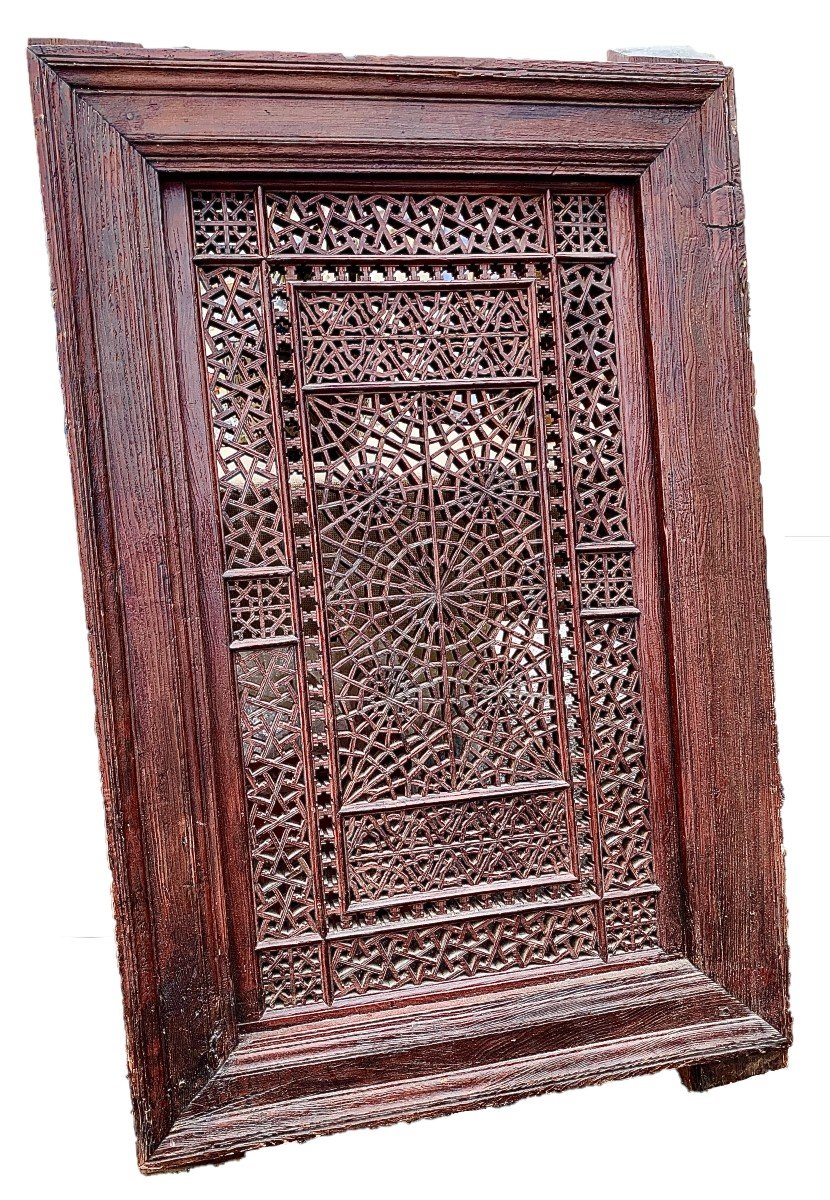

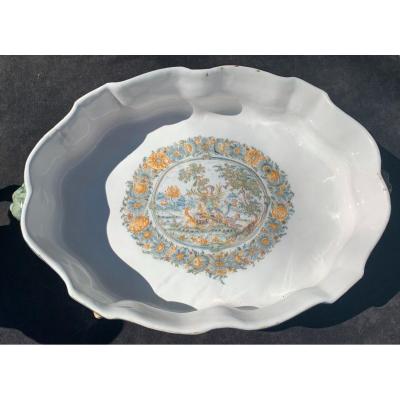
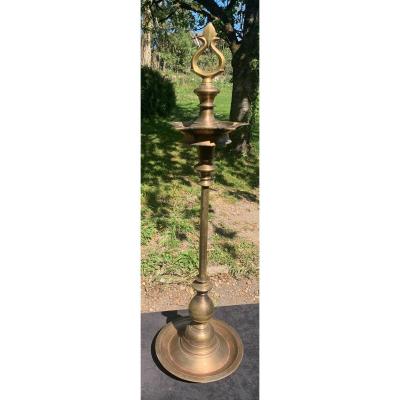


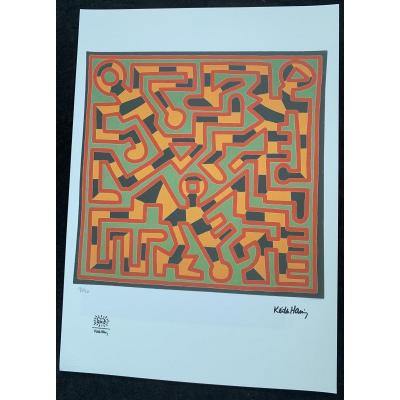
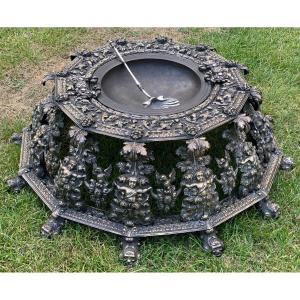

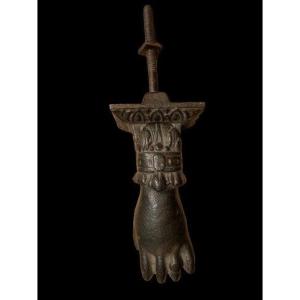
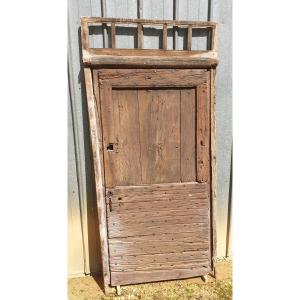


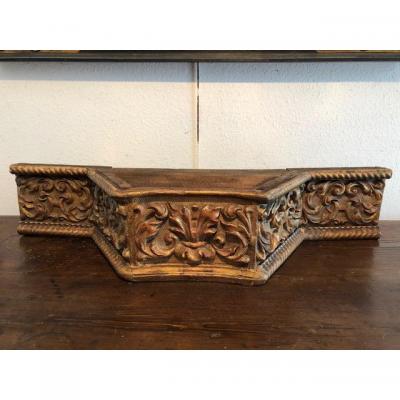



 Le Magazine de PROANTIC
Le Magazine de PROANTIC TRÉSORS Magazine
TRÉSORS Magazine Rivista Artiquariato
Rivista Artiquariato
